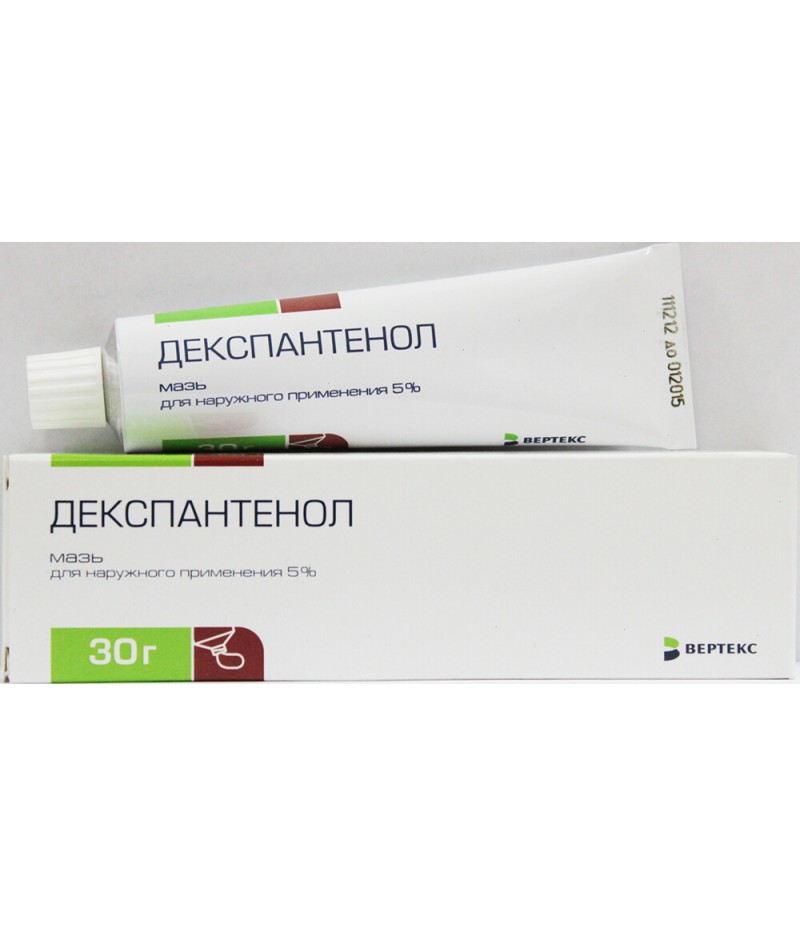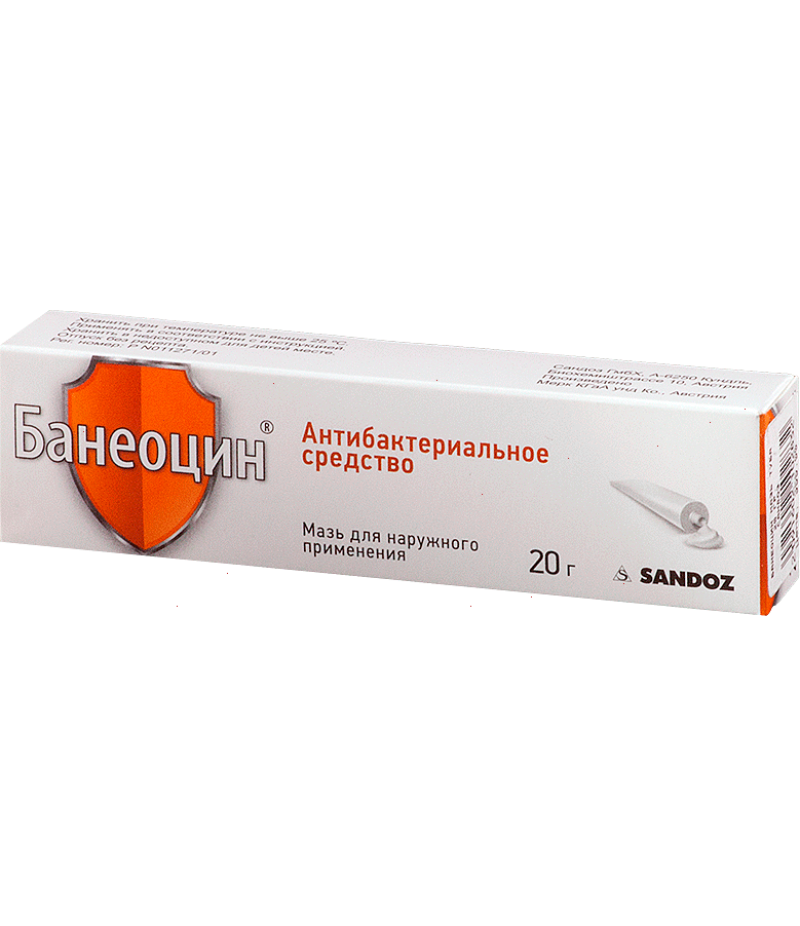Baneocin powder 10gr
- $18.76
- 3 or more $18.34
- Availability:In Stock
Baneocin instruction manualYou can buy Baneocin on this pageComposition1 gram of powder includes 5000 IU of neomycin sulfate and 250 IU of zinc bacitracin.In addition: as a powder sterilized base (corn starch, comprising not more ..
Tags: powder
Baneocin instruction manual
You can buy Baneocin on this page
Composition
1 gram of powder includes 5000 IU of neomycin sulfate and 250 IU of zinc bacitracin.
In addition: as a powder sterilized base (corn starch, comprising not more than 2% magnesium oxide).
Form of issue
The therapeutic agent Baneocin is made in the form of an external powder of 10 grams in polyethylene jars with a dispenser and in the form of an ointment of 20 grams per tube.
pharmachologic effect
Local bactericidal and antibacterial (broad spectrum).
Pharmacodynamics and pharmacokinetics
Baneocin is an antimicrobial combination therapy used exclusively for local (local) use and includes in its composition two antibacterial drugs characterized by their pronounced bactericidal action.
Neomycin is an antibiotic-aminoglycoside, which suppresses the synthesis of bacterial proteins. The activity of this antibacterial agent is manifested in relation to many gram-positive and gram-negative bacterial microorganisms.
Bacitracin belongs to the group of polypeptide antibiotics that oppress the processes of replication of the bacterial cell membrane. The main antibacterial effect of this drug is observed against Gram-positive microorganisms representing the genus Staphylococci and Streptococcus, as well as against some Gram-negative bacteria (resistance to bacitracin is very rarely formed).
Synergism (combined action) of these two antibacterial drugs leads to a significant increase in the therapeutic spectrum of bacitracin and its effectiveness in relation to a number of microorganisms, in particular staphylococci.
With local use of the drug, absorption of its active ingredients, as a rule, is not observed (even if applied to damaged skin). Nevertheless, at the time of the therapy, the skin covers show a high concentration.
This drug is characterized by good tissue tolerance, and therefore its use on extensive skin areas can cause systemic absorption.
Indications for use
The use of Baneocin ointment and Baneocin powder is indicated for the purpose of local therapy of infectious inflammatory skin diseases that have been caused by microorganisms sensitive to the active ingredients of the preparation, including:
prevention of neonatal umbilical infection;
prevention of possible infectious complications after surgical (dermatological) manipulations, as an additional therapy in postoperative period after episiotomy, cauterization, excision of tissues, treatment of wiping wounds, cracks and sutures;
treatment of bacterial skin infections of local prevalence, including infected trophic ulcerative lesions of the lower extremities, contagious impetigo wetting, infected eczema, diaper bacterial dermatitis, including bacterial complications caused by Varicella zoster and Herpes simplex.
Contraindications
It is forbidden to use any of the medicinal forms of the drug when:
extensive skin lesions (due to the risk of forming an ototoxic effect, manifested by hearing loss);
personal hypersensitivity to neomycin, bacitracin, or other aminoglycosides;
expressed disorders of excretory renal function (due to renal or heart failure);
diagnosed pathologies of the cochlear-vestibular system (in case of possible systemic absorption of the active ingredients of the drug);
diseases of the organs of vision.
Side effects
Ointment Baneocin and powder Baneocin, as a rule, do not lead to any negative effects when they are used locally on small problem areas of the skin and mucous membranes, from which the ointment and powder of this drug is recommended to be used specifically for the treatment of local infectious diseases.
With prolonged use, allergic manifestations are possible, including dry skin, redness, skin rash / itching. Predominantly, these phenomena occur like contact eczema, in half the cases are triggered by a cross-allergy to other aminoglycosides and are observed rarely.
It is possible to develop systemic negative effects, in most cases noted in the treatment of extensive skin lesions, when there is a high possibility of absorption of the active ingredients of the drug and the appearance of its nephrotoxic and ototoxic effect, as well as disorders of neuromuscular conduction.
Instructions for use Baneocin
Powder Baneocin, instructions for use
The drug in the form of a powder is indicated for use 2-4 times a day with a thin layering of it on the affected skin areas.
In case of treatment of burns occupying more than 20% of the body surface of the patient, powder can be used only once per 24 hours, especially when the patient has reduced renal function (due to possible absorption of active ingredients into the systemic bloodstream).
At local use, the maximum daily dosage of neomycin can be 1 gram, which corresponds to the use of 200 grams of powder per week. The repeated therapeutic course requires a one-week reduction in maximum dosage (up to 100 grams).
Overdose
At this time, there were no precedents for an overdose with local use of Baneocin.
Interaction
In the case of the possibility of systemic absorption of the active ingredients of the preparation, the parallel use of aminoglycosides or cephalosporins increases the risk of developing nephrotoxic phenomena.
The combined use of Baneocin with Furosemide or Etacrynic Acid increases the possibility of nephrotoxic and ototoxic reactions.
With the observed systemic absorption, the sharing of Baneocin with muscle relaxants, anesthetics and opioid analgesics may lead to the development of a neuromuscular blockade.
The incompatibility of neomycin and bacitracin with other medications has not been noted.
Terms of sale
Both issued dosage forms of Baneocin are permitted for over-the-counter sales.
Storage conditions
The maximum temperature index of storage of ointments and Baneocin powder is 25 ° C.
Shelf life
From the moment of production: 2 years for powder and 3 years for ointment.
special instructions
In the case of using Baneocin dosages significantly exceeding the recommended ones, due to the possible absorption of its active ingredients, it is necessary to pay attention to negative symptoms that may indicate ototoxic or nephrotoxic reactions.
In connection with the increased risk of toxic effects in patients with observed liver / kidney pathologies, they should be assigned to urine and blood tests together with audiometric studies, both before the initiation of therapy and during treatment.
If, during the therapy, it is possible to absorb the active ingredients of the drug (with extensive skin damage), then there is a need to control the possible formation of the symptomatic neuromuscular blockade, especially in patients with severe myasthenia gravis, other neuromuscular pathologies, and acidosis. In the case of neuromuscular blockade, it is recommended to prescribe neostigmine or calcium preparations.
Long-term use of Baneocin requires monitoring the possible excessive increase in the number of resistant microorganisms, sometimes with the need for appropriate therapy.
Long-term use of Baneocin for the treatment of children with liver / kidney pathologies, as well as the use of the drug for the treatment of extensive skin areas should be agreed with the doctor in advance.
In case of superinfection or allergic manifestations, Baneoecin therapy should be canceled.
Baneocin for children
Use of the drug Baneocin is allowed for the treatment of children only after a preliminary consultation with a pediatrician. Most often, I prescribe this powder and ointment from acne (boils, carbuncles), paronychia, purulent hydradenitis, burns, and even for the treatment of chickenpox (chicken pox).
Baneocin for newborns
Baneocin powder for newborns is usually used to prevent the possible formation of umbilical infection and only after agreeing such treatment with a pediatrician.
During pregnancy (and lactation)
The use of any of the medicinal forms of Baneocin for the treatment of pregnant or lactating women is allowed only in cases of an unambiguous excess of such treatment for the patient, in comparison with the potential negative risk of complications for the fetus or newborn.
Reviews about Baneotsin
Reviews about Baneocin ointment, as, indeed, and reviews about the powder of this remedy in the vast majority of cases, positive. The use of this drug, both for the treatment of adult patients and for the treatment of children, does indeed lead to a rapid and qualitative healing of infected wound skin surfaces and almost never causes any side effects.
Also, young moms practicing the powder of this remedy leave their approval for Baneotsin to prevent possible umbilical infection in their newborn babies.
A somewhat less positive evaluation is given to Baneocin in its use against acne and in the case of treatment of extensive affected skin areas, however, in any case, the effectiveness of the drug remains at an altitude.




